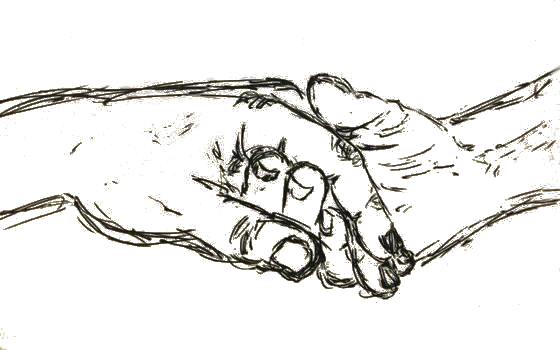 What modern Bioenergetic Analysis is able to offer, is the ability to understand and work safely with the whole body and all of its emotions. Bioenergetic therapists work with cognitions, feelings, sensations, the muscular and nervous systems integrating the latest finding in neuroscience. Bioenergetic therapists work with not only affect regulation but also arousal regulation. Bringing all these dimensions into the therapeutic relationship, also brings greater potential for change and healing.
What modern Bioenergetic Analysis is able to offer, is the ability to understand and work safely with the whole body and all of its emotions. Bioenergetic therapists work with cognitions, feelings, sensations, the muscular and nervous systems integrating the latest finding in neuroscience. Bioenergetic therapists work with not only affect regulation but also arousal regulation. Bringing all these dimensions into the therapeutic relationship, also brings greater potential for change and healing.
Facilitate change in your clients’ life
One of the primary benefits of the bioenergetic training is that the more the therapist is in their own body, the more they are able to access this state of resonance, because it includes energetic, sensory and muscular aspects. The client’s symbolic and cognitive processes are also encoded within the therapist's somatic experience. Bringing all these dimensions into the therapeutic relationship, also brings greater potential for change and for releasing the deep well-springs of our humanity.
What modern Bioenergetic Analysis is able to offer, is the ability to understand and work safely with the whole body and all of its emotions. Bioenergetic therapists work with cognitions, feelings, sensations, the muscular and nervous systems integrating the latest finding in neuroscience. This distinguishes it from many of the recent trauma therapies that focus primarily on the sensorimotor processing of the body. The bioenergetic therapist takes seriously all the psychic defenses, such as shame and repression, that a person had to develop to protect their integrity earlier in life. The bioenergetic therapist helps the client to identify and own the somatic blocks and tensions that hold these psychic defenses in place, and helps the person to integrate their unique life-force so they may live a more vibrant and authentic life.
Improve your self-care
Modern Bioenergetic Analysis is not just theory and techniques, it is a way of life. These methods give you tools to stay grounded and remain present in your own life and work to create more ease in living an authentic life. These techniques also help a therapist to release the deep emotional and somatic effects of working with people on a consistent basis.
Get a better understanding about Bioenergetic Analysis by reading these 3 articles:
(Taken from the introduction to a research project by Dr. Ulrich Gudat, Munich, Germany, 1997)
Bioenergetic Analysis has developed out of psychoanalysis. Freud’s student, Wilhelm Reich began to work directly with the body as a psychotherapeutic technique in the 1930’s. In his Vegetotherapy he particularly worked to deepen and liberate breathing in order to improve and intensify emotional experience. Reich’s students Alexander Lowen and John Pierrakos further developed and expanded this method into what today is called Bioenergetic Analysis. (Lowen 1958, 1975).
The basis of the bioenergetic method is the tight interweave of mental-psychic and physical processes (Reich, 1971, speaks of functional identity of mind and body). The most important human life experiences find expression not only in mental-psychic functioning but also in the body: in posture, in reaction patterns and also in inhibitions of motility, breathing and expression. These embodied patterns represent a character structure which influences physical self-perception, self-esteem, self-image and basic patterns of interchange with the environment.
Broadly speaking, in its theory Bioenergetic Analysis corresponds to the psychoanalytic approach. The essential difference lies in the method of treatment. The bioenergetic therapist possess in his/her use of body-related therapy, a second language with which to communicate with the patient.
While the patient in his physical actions displays the basic patterns in which he interacts with the world and with his relevant reference persons, the bioenergetic therapist can respond on the body level as well, giving support, confirming, encouraging, offering resistance or frustrating. In this way, a body-oriented dialogue comes into being which, in accordance with the patient’s current ability or readiness, complements, accompanies and substitutes for verbal communication with the patient.
This second language, experience shows, often speaks to the preverbal experience of the patient and thus revives early object relationships. In this way one succeeds more easily than in purely verbal therapy in reaching a sufficiently deep level of experience at which the basic structure of the acute problem or disorder becomes visible and can be treated. Body-related work becomes efficient psychotherapeutically in two complementary ways:
- Previously avoided movement, feelings and experiences are (re-)activated by body-related therapeutic interventions. This allows unconscious psychic material to come to light and to become accessible to mental-psychic elaboration and treatment. Body-related work is thus a means to access the unconscious material of the patient comparable to the interpretation of dreams in classical psychoanalysis. All the while the body makes its’ appearance as a phenomenological reality, as a space for self-experience and as a bearer of expression and meaning in a symbolic enactment. The curative effect is based upon a new-found possibility for processing early experience, thus making possible their re-evaluation, completion and integration within the therapeutic process.
- Although what was said above would seem sufficient to justify the use of body-oriented methods of psychotherapy, Reich and Lowen suggest yet another mode of operation; the mobilization of healing energy by energetic activation on an immediate body level. Essential techniques in this respect are the deepening of the breathing, releasing muscular tension by special breathing and expressive techniques and muscle release interventions. Techniques are also designed to enhance physical relaxation and motility in general, as well as encouragement and support of such unconscious physical processes as the free and deep expression of feelings. In doing so, intellectual mental processes are by-passed for the time being and only the physical changes of the aforementioned kind are attended to. Even more importantly, the newly gained access to deep emotional experience changes a number of physiological parameters along with the self esteem of the person as well as many other intellectual mental processes. Connected to this process, the person’s contact with his social environment also changes. In accordance with the underlying hypothesis, all these changes take place as a consequence of the energetic (that is physiological, muscular, etc.) occurrences.
In addition, Lowen has established the concept and practice of grounding, which occurs first of all on the physical level. Being grounded is to have a physically secure but flexible stance. Phenomenological this means to be connected to reality. The emphasis on grounding and on contact with reality leads in therapy to working on the social directness of nearly all emotional movements. Thus the social, familial, professional, political and ideological relatedness of the person also become the focus of attention in therapy.
Bioenergetic therapy as taught by Alexander Lowen and his collaborators combine these methods of body-oriented work with a consideration of the social system as it relates to a therapy process organized flexibly according to the development of the individual case. This combination of inner psychological-phenomenological, physical-energetical and social-systemic work is the real characteristic feature of bioenergetic analytic therapy. Lately, increasing importance is being attached to working with the therapeutic relationship in the sense of object relations theory. The enormous complexity involved in this undertaking makes far-reaching demands upon the therapist while on the other hand it also makes understandable why attempts at systemizing descriptions of this therapy method are scarce.
Bioenergetic Analysis was primarily developed as a method of treatment for persons with neurotic disorders (depression, anxiety) and for persons with problems concerning sexuality and relationship. Because of the access to bodily experience, it is good for the treatment of pre-verbal personality disorders (like narcissistic and borderline) and of course for the treatment of psychosomatic diseases, especially functional ones. People without any clinical disorder can undertake a Bioenergetic Analysis to find a satisfying way out of a life crisis, to deepen their way of feeling or to free their experience of joy and creativity.
Physical interactions should not simply be equated with touching. Apart from touching interventions such as massage, pressure upon certain muscular areas, physical holding, supporting, etc., there are also many kinds of bodily interventions which do not involve touching the body; e.g. the invitation to perform certain movements, take certain postures, feel oneself in relation to imagined or substitutionary objects, or as an experiment to interact with the therapist in a particular kind of way.
References
- The Language of the Body. New York: Macmillan Publishing Company. Lowen, Alexander. (1958)
- Bioenergetics. New York: Penguin Books. Lowen, Alexander (1975)
- Character Structure. New York: The Noonday Press. Reich, Wilhelm (1971)












